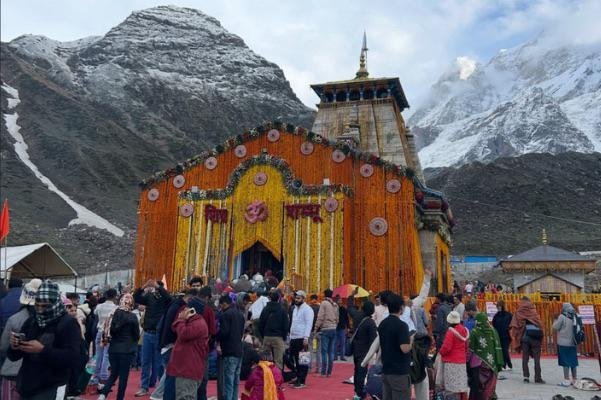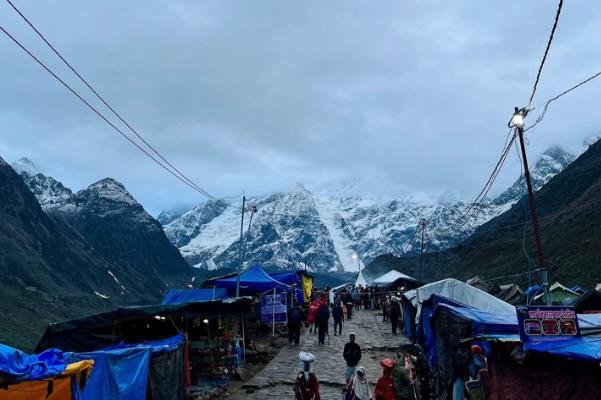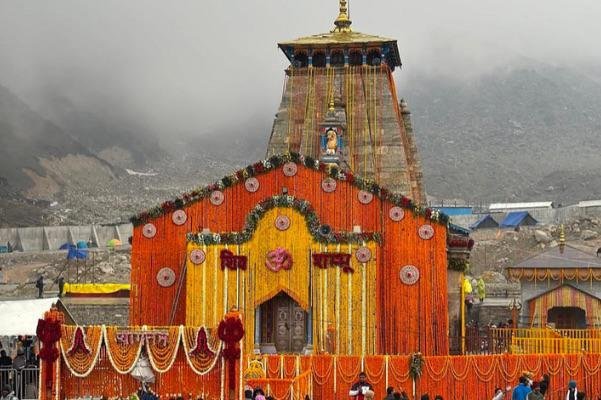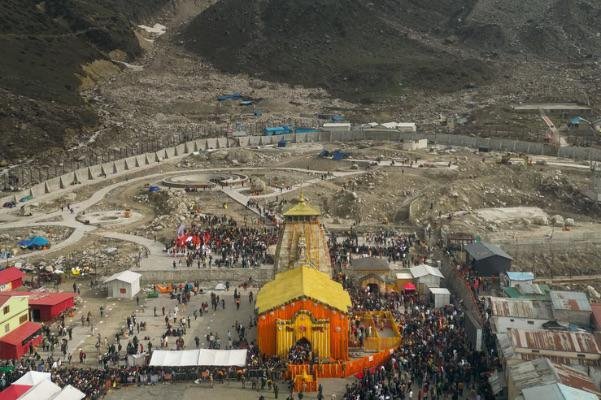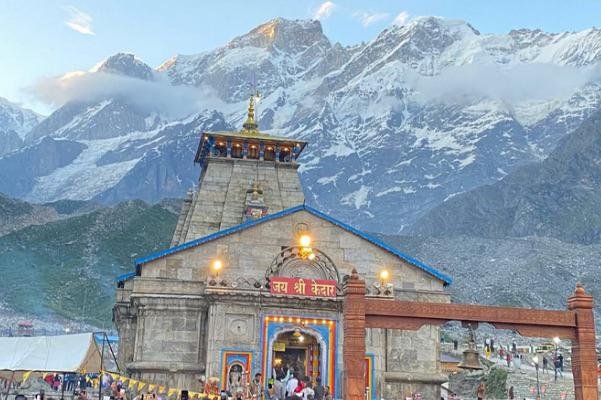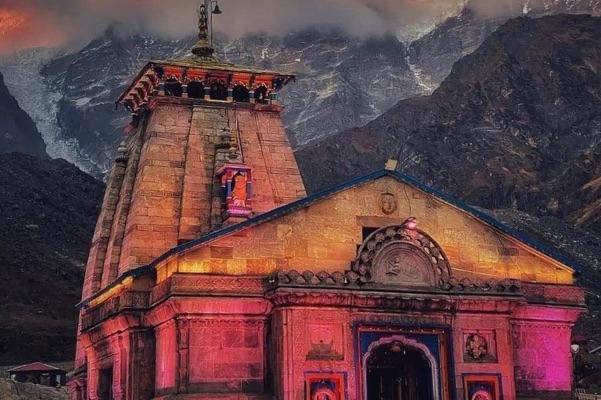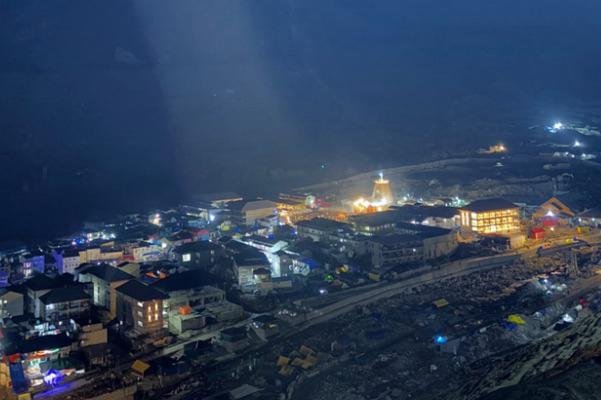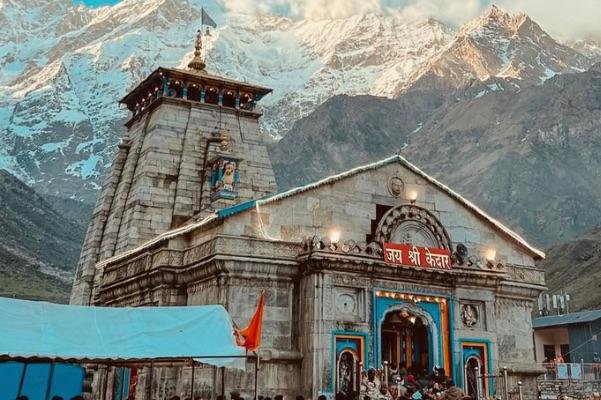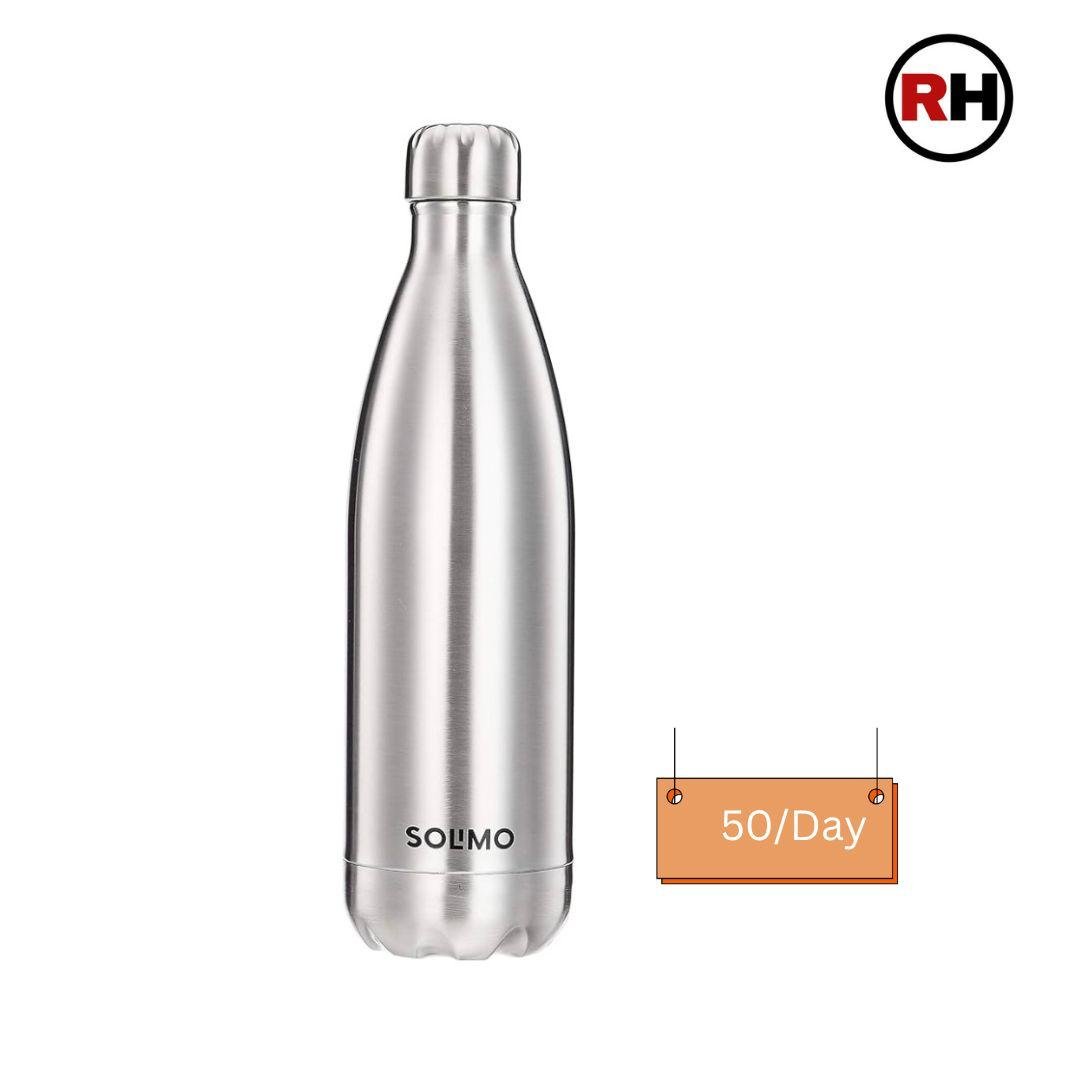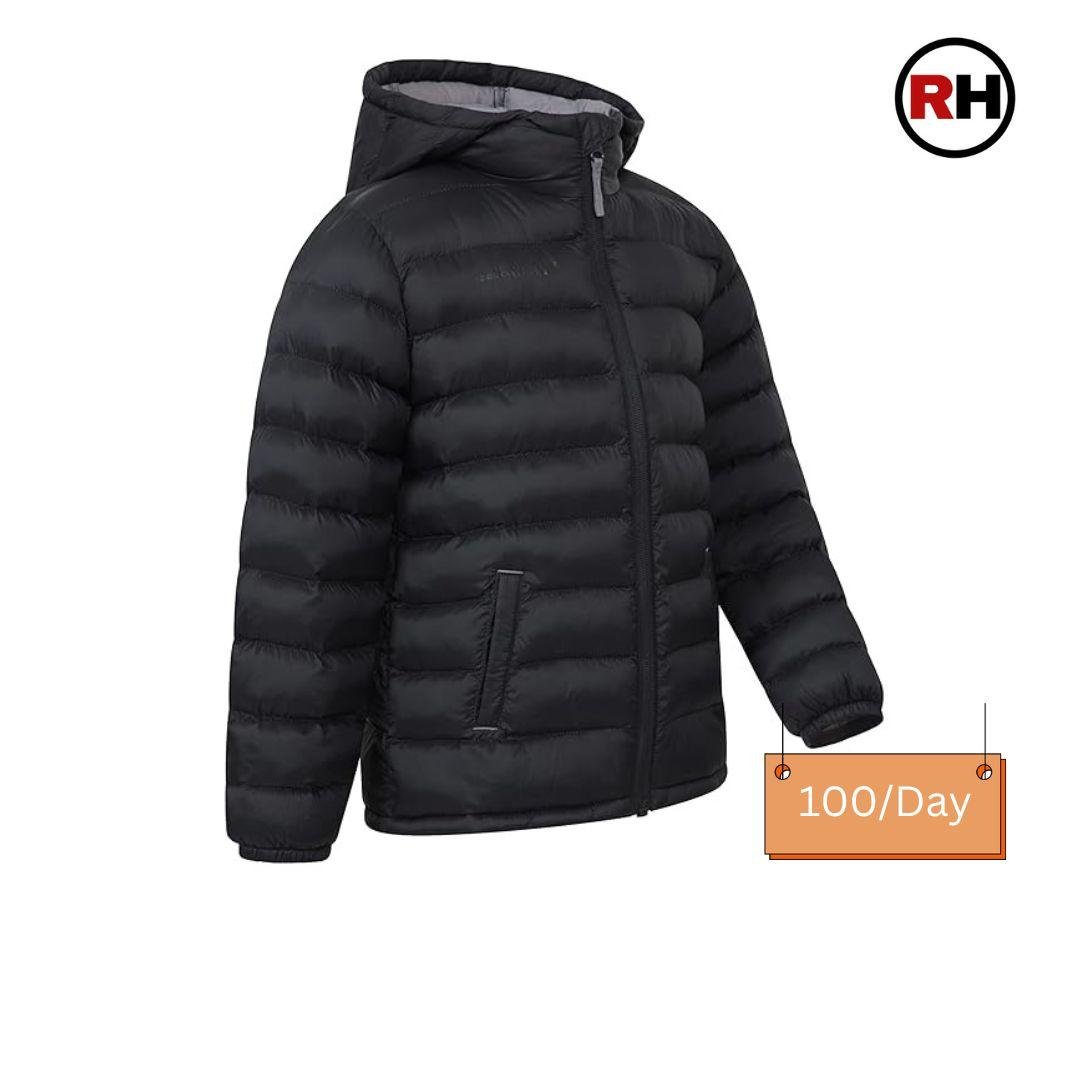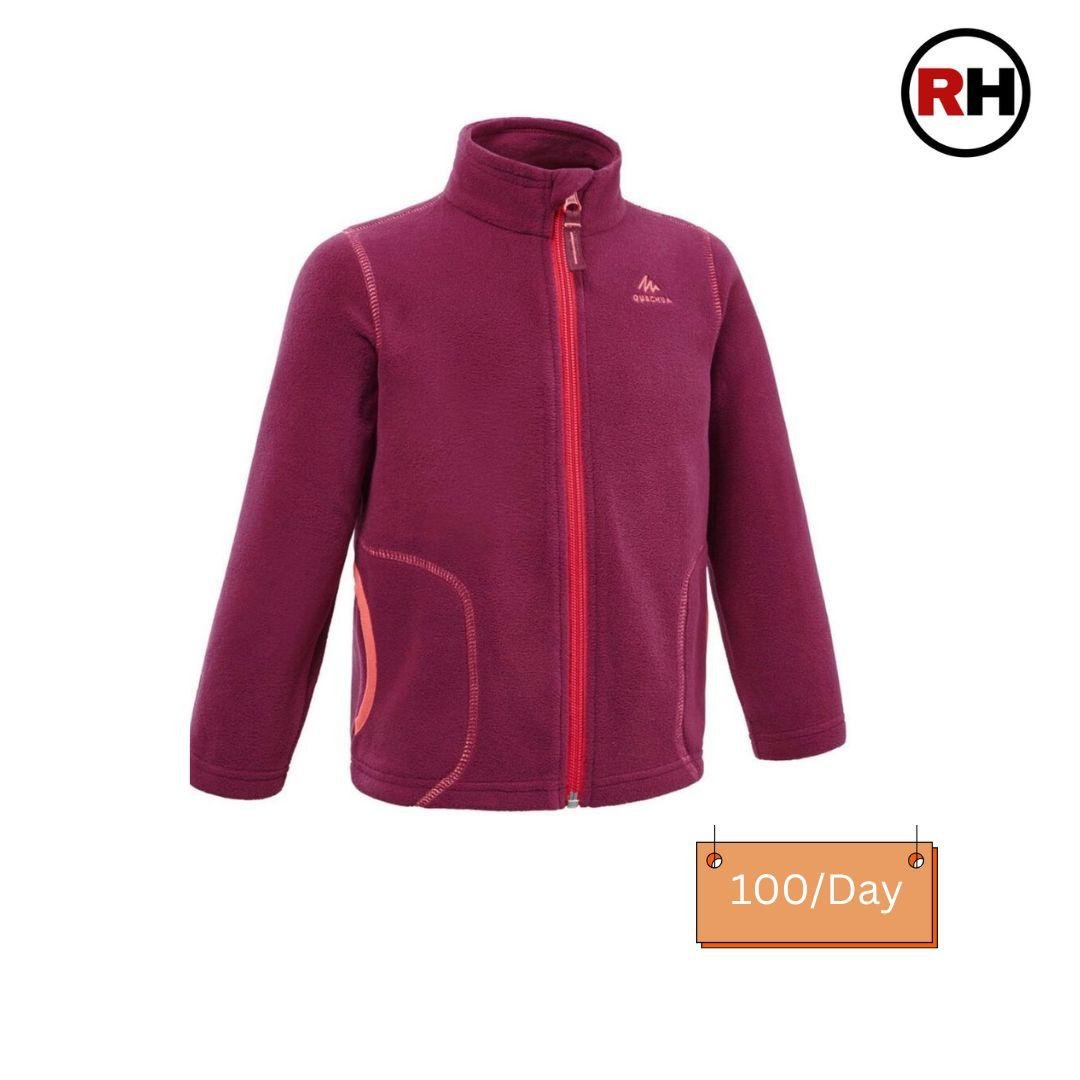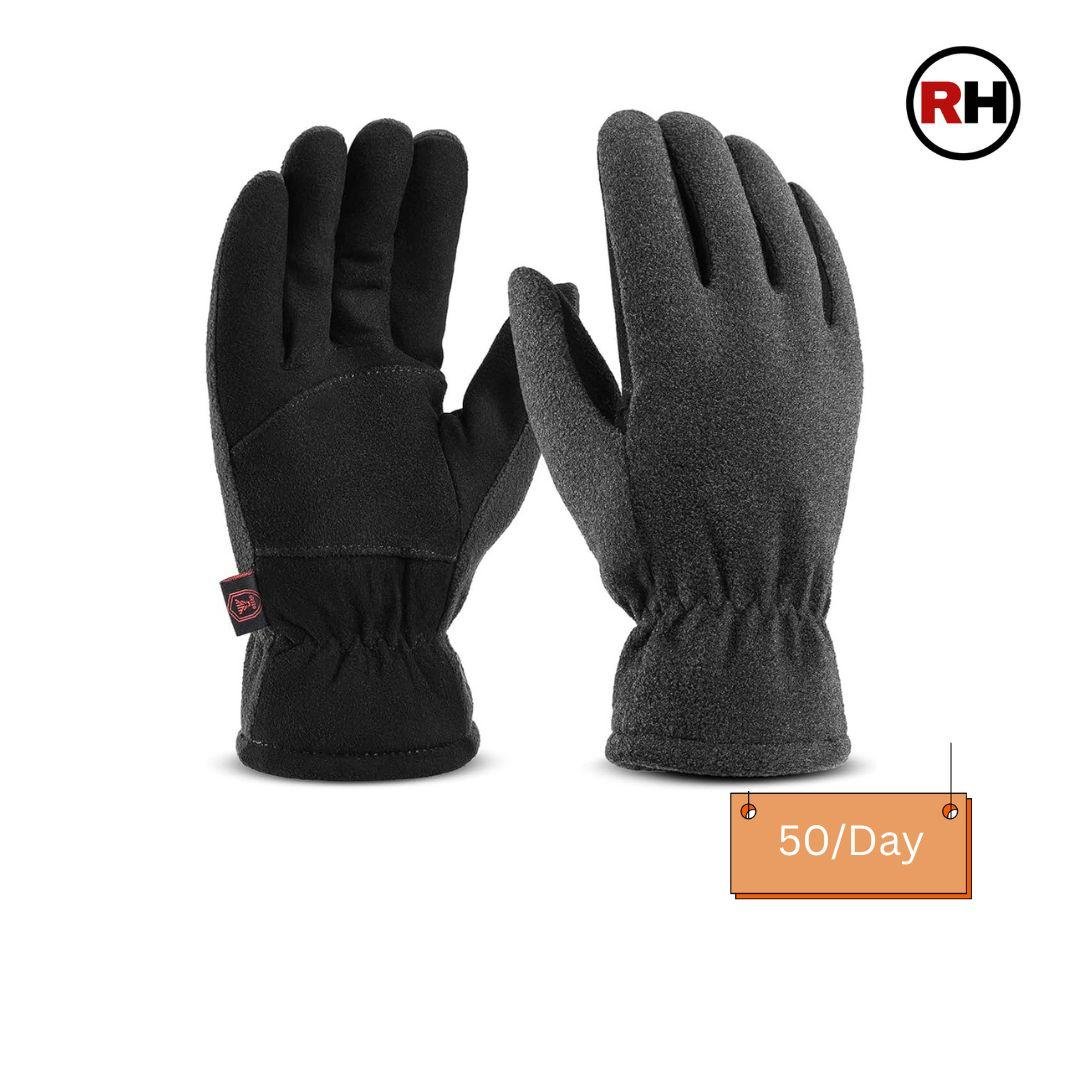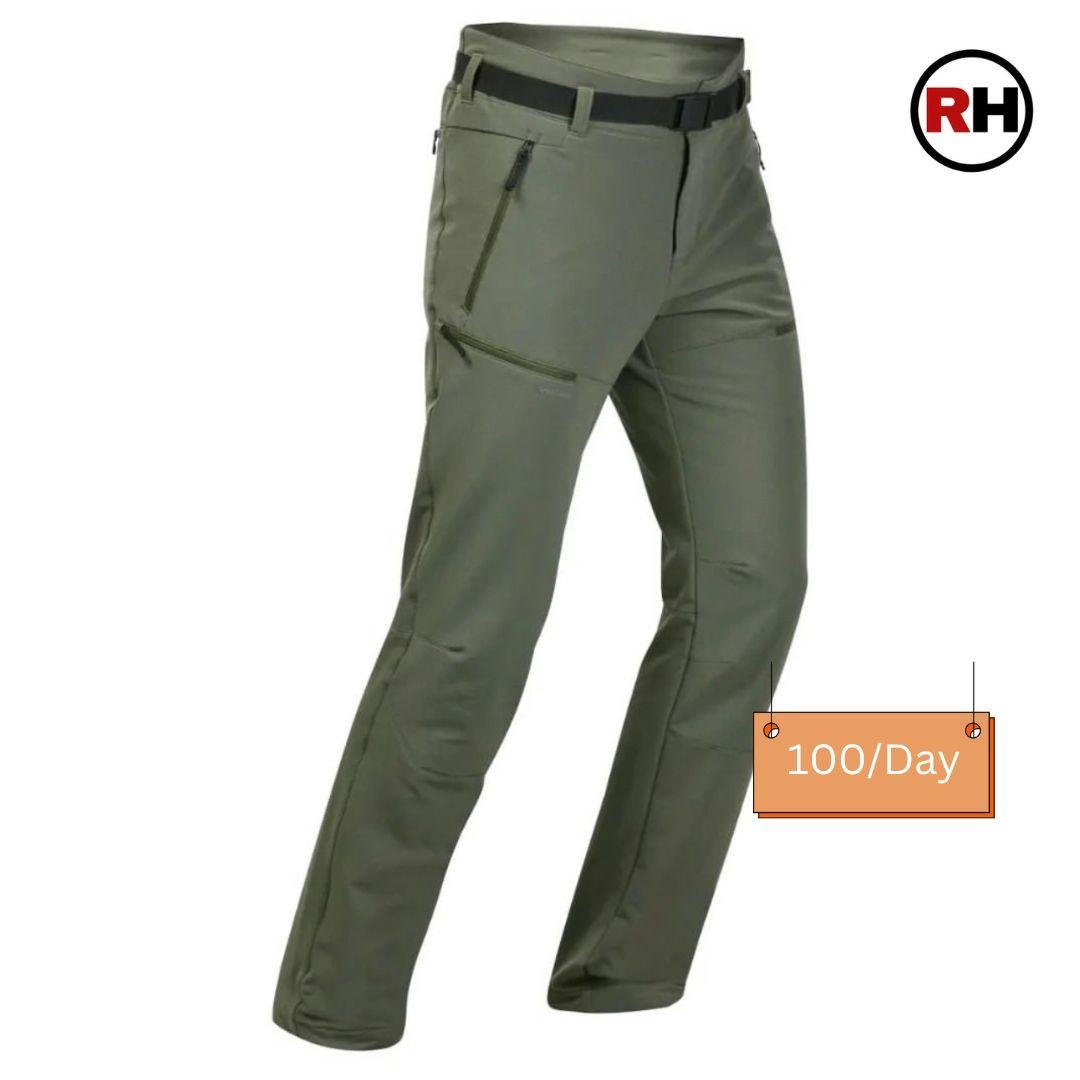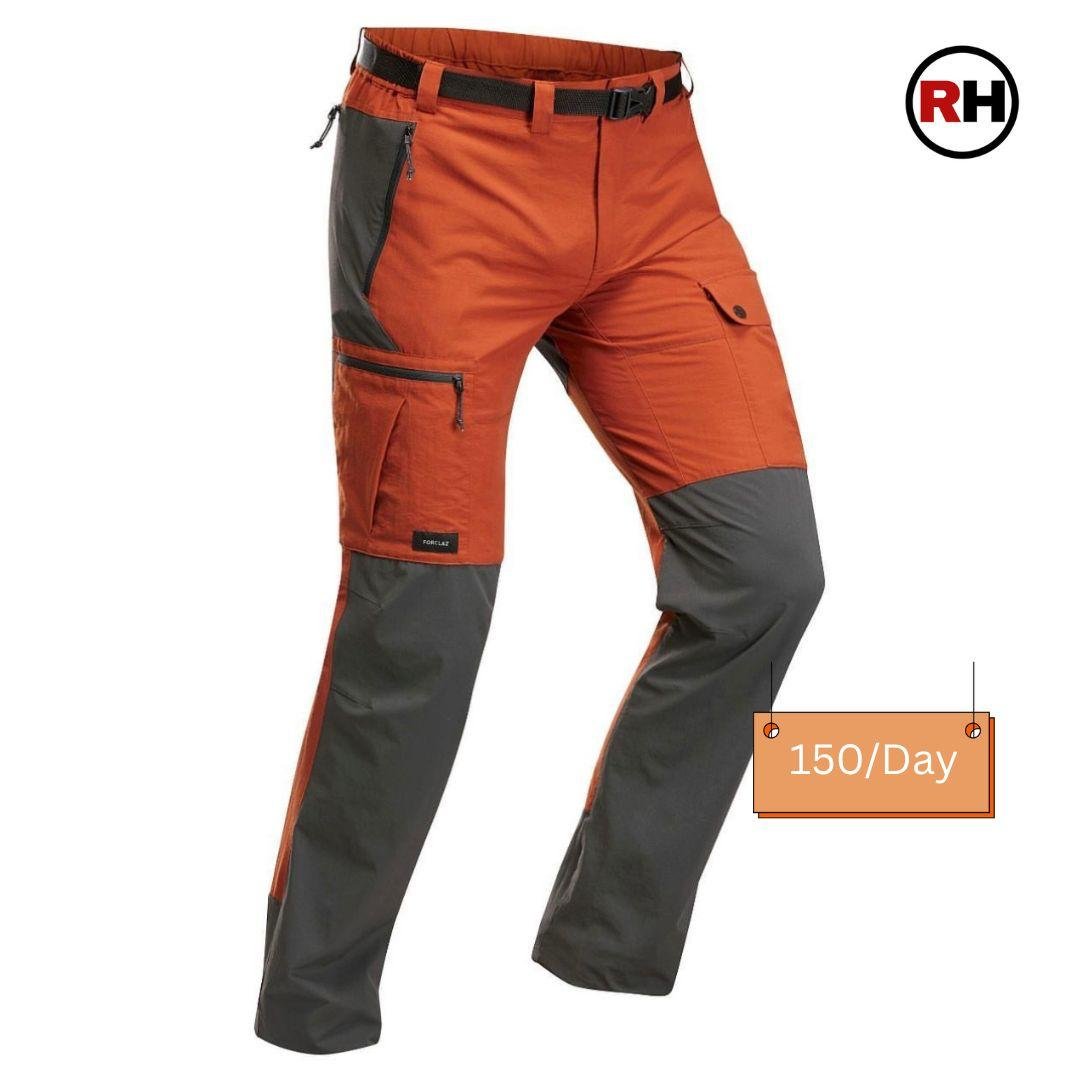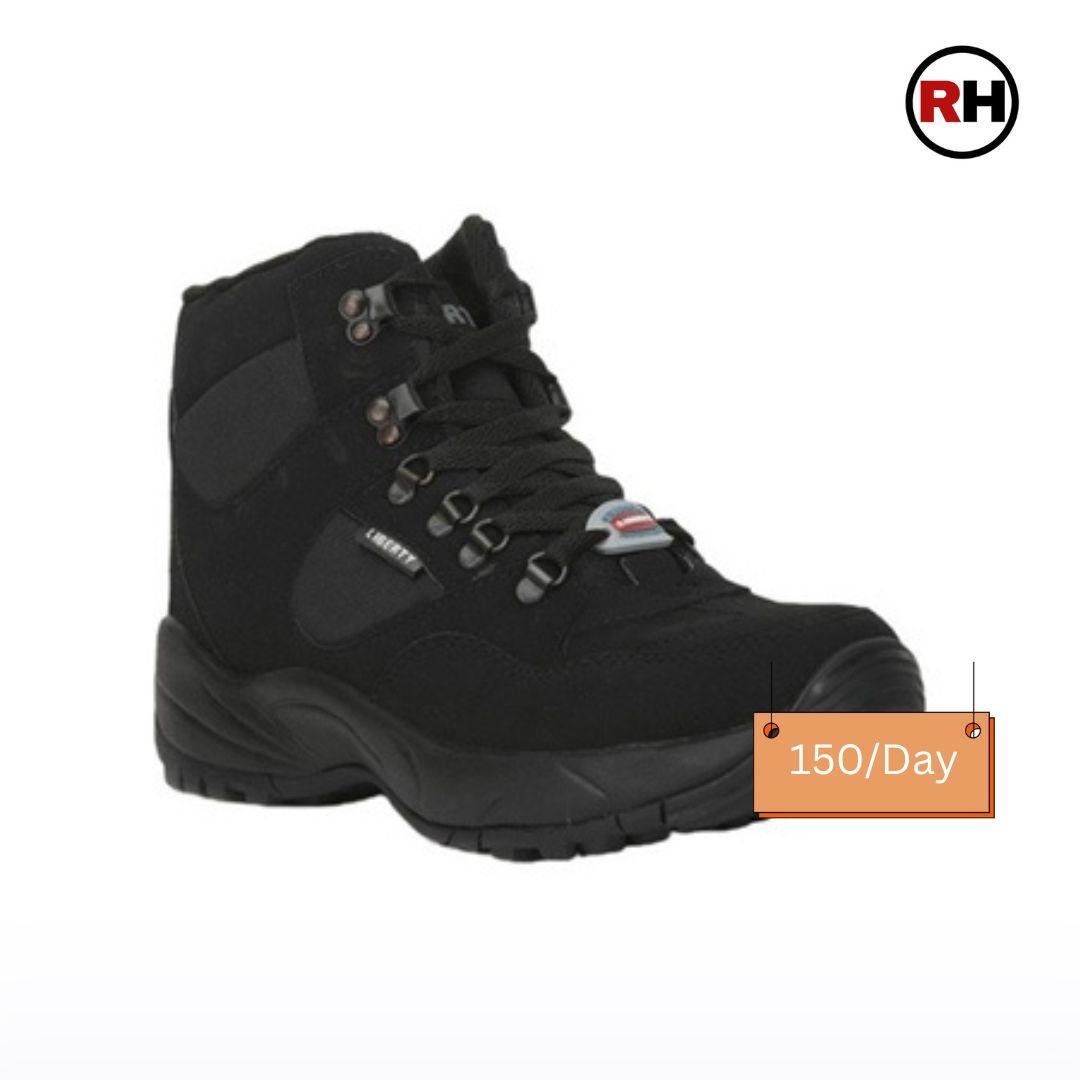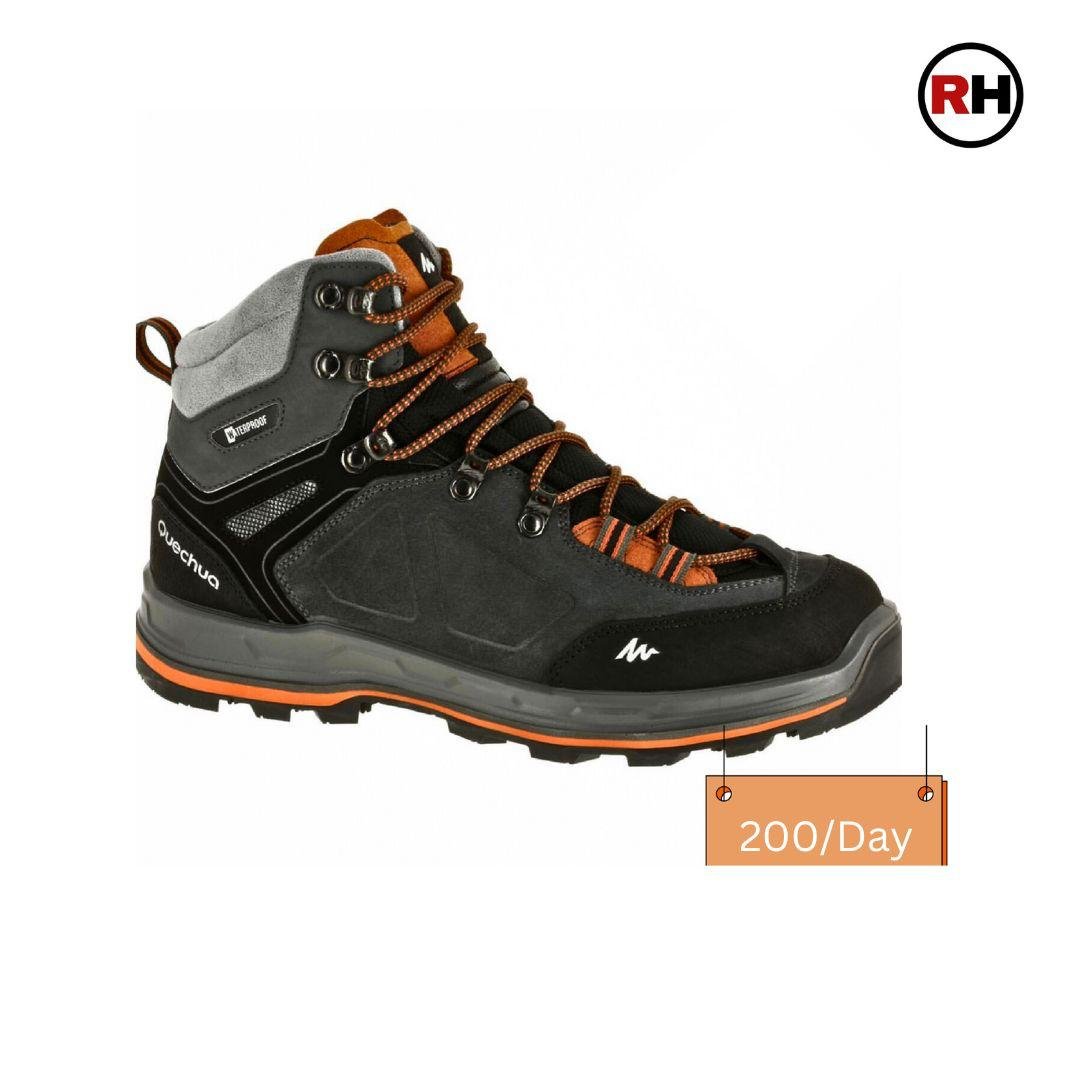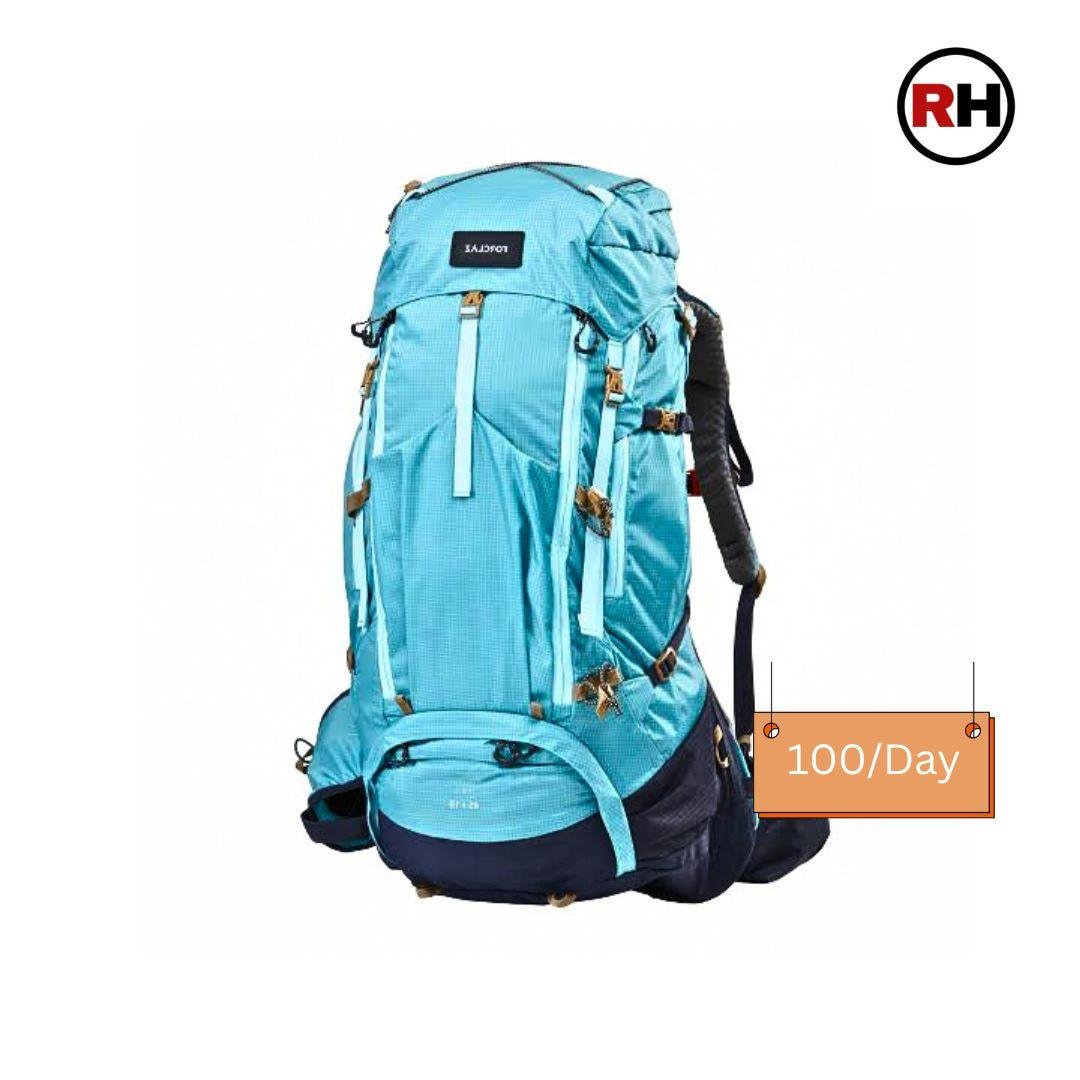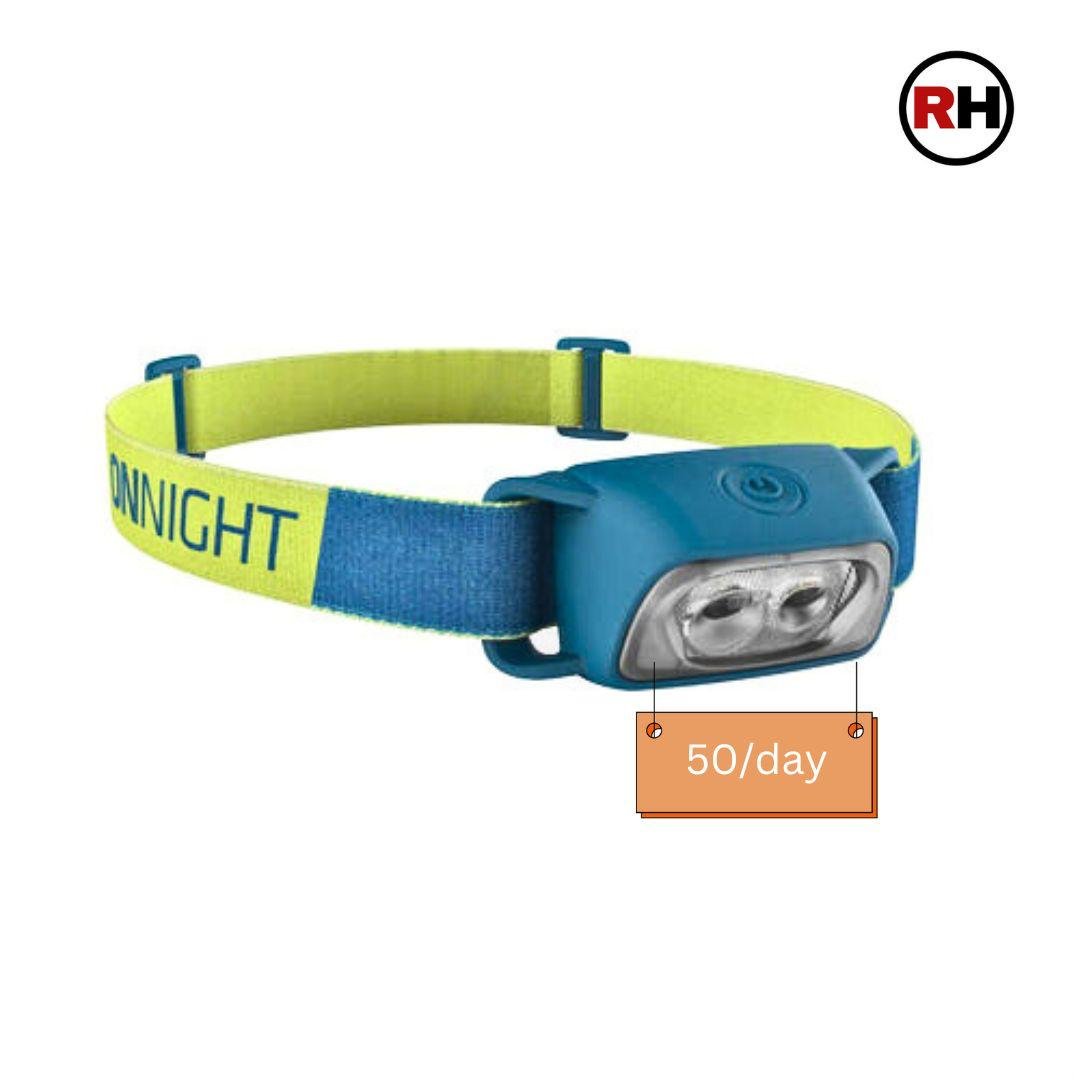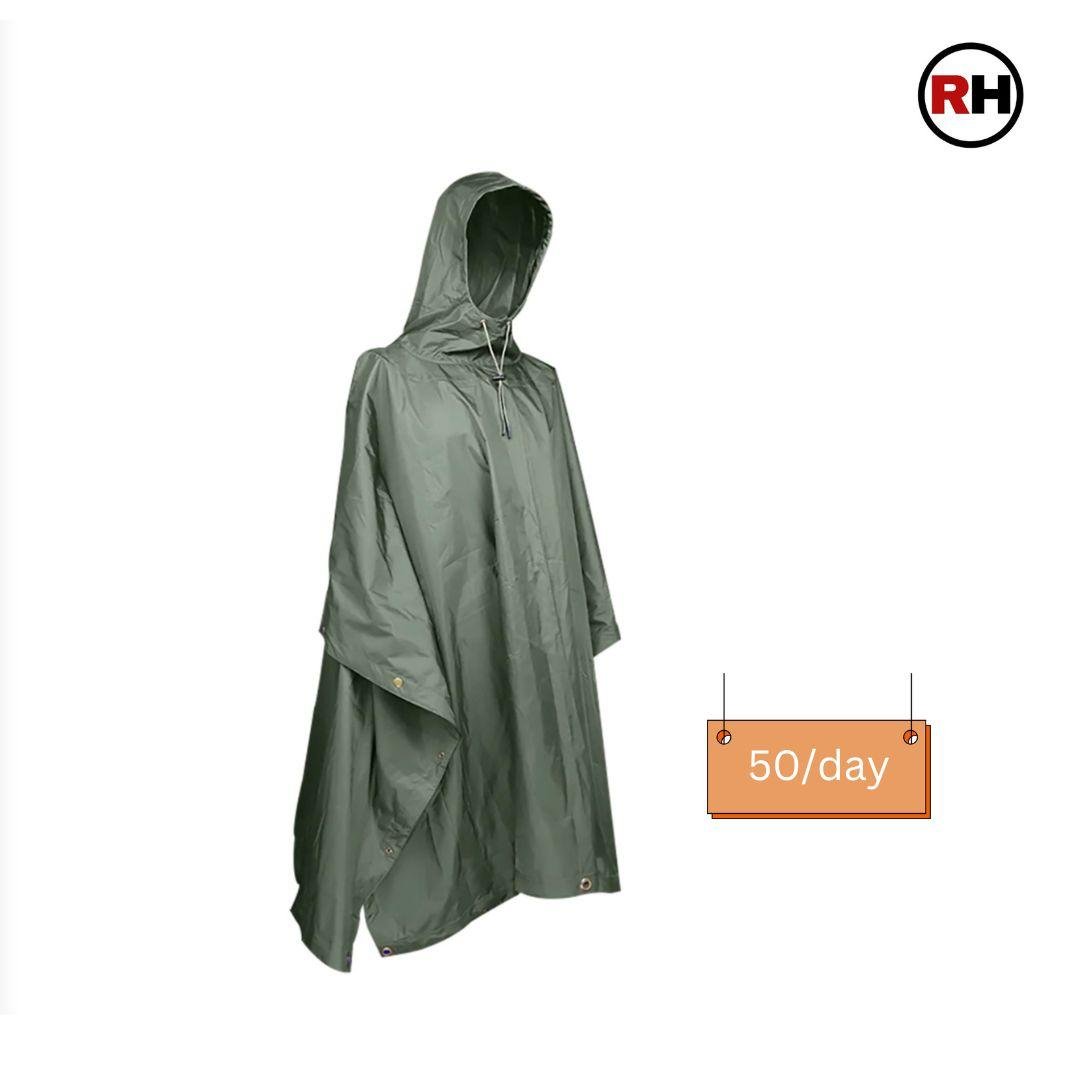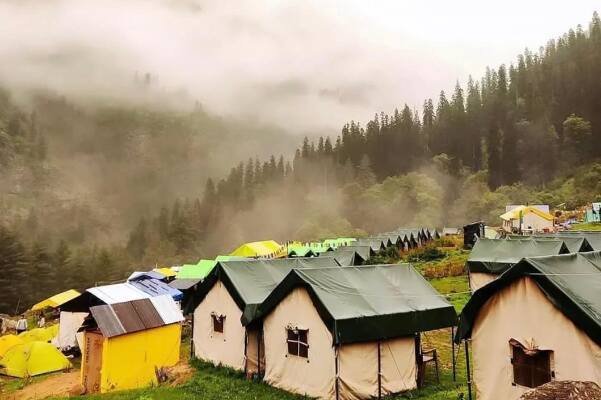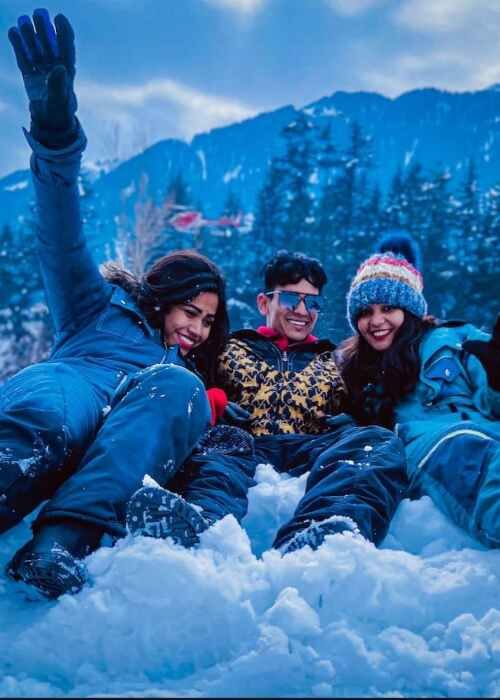kedarnath trek
Join us for a beautiful Journey to the mountains
Trek Grade
Moderate
Highest Altitute
11,750 ft/3583m
Best Season
May last-Nov first
Trek Duration
3 Night | 4 Days
Trekking Km
36 Km
Stays
Hotel
transport
Delhi-Delhi
trek region
Uttarakhand
Base camp
Guptkashi/sitapur
Meals
veg meal
Trek Grade
Moderate
Highest Altitute
11,750 ft/3583m
Trek Duration
2 Night | 3 Days
Base camp
Guptkashi/Sitapur
Meals
veg meal
Stays
Hotel
transport
Delhi-Delhi
trek region
Uttarakhand
Trekking Km
36 Km
Trek Grade
Easy to Moderate
Highest Altitute
15,000 feet
Base camp
Rishikesh
Trek Duration
3D | 2N
Stays
Meals
transport
activities
How to Reach
Trek Grade
Trek Grade
Trek Grade
Trek Grade
Trek Grade
Overview
Nestled at an impressive altitude of 14,000 feet, Hampta Pass in Himachal Pradesh stands as a rare gem among the dramatic pass crossings of the Himalayas. On one side lies the verdant splendor of Kullu Valley, adorned with lush forests, sprawling grasslands, and colorful blooms that line the trail. Contrastingly, on the other side unfolds the stark, almost desolate landscape of Lahaul, characterized by barren mountains and
Trek Highlights
On this trek, you would be enthralled by the number of sights and places that come along the way. Some of those key highlights are mentioned below:
- Mystery Lake: Roopkund Lake, often dubbed the “Mystery Lake” or “Skeleton Lake,” is shrouded in enigma due to the discovery of human skeletal remains scattered around its shores. These ancient relics, dating back to the 9th century AD, have puzzled historians and scientists for decades, sparking numerous theories about their origin. The eerie presence of these skeletons adds a compelling and mysterious element to the trek, igniting curiosity and intrigue among adventurers.
- Scenic Beauty:The Roopkund trek is a visual feast for nature enthusiasts and photographers alike, offering awe-inspiring vistas of towering snow-capped peaks, verdant meadows blanketed in vibrant hues of green, dense forests teeming with diverse flora, and sparkling alpine lakes reflecting the azure sky. Each step along the trek unveils breathtaking panoramas that evoke a profound sense of wonder and appreciation for the pristine beauty of the Himalayan landscape.
- Flora and Fauna: The region surrounding Roopkund is a biodiversity hotspot, teeming with a rich variety of flora and fauna unique to the Himalayan ecosystem. Trekking through this wilderness, you may encounter rare Himalayan birds soaring through the skies, elusive mountain goats like the Himalayan tahr gracefully navigating rocky terrain, and shy musk deer camouflaged amidst dense foliage. The abundance of wildlife and vibrant plant life adds an element of discovery and excitement to the trekking experience.
- High Altitude: Ascending to the lofty heights of Roopkund involves traversing challenging terrain and navigating steep inclines, leading trekkers to altitudes where the air becomes thinner, and oxygen levels decrease. This high-altitude environment presents physical demands that require proper preparation, fitness, and acclimatization to mitigate the risk of altitude sickness. Trekking at such elevations necessitates a gradual ascent, allowing the body to adjust to the changing atmospheric conditions and ensuring a safe and enjoyable journey to the summit.
- Cultural Experience:
Beyond its natural wonders, the Roopkund trek offers a cultural immersion into the lives of the indigenous communities inhabiting the remote mountain villages along the route. Interactions with local villagers provide insight into their traditional way of life, characterized by close-knit communities, ancient customs, and a deep reverence for the surrounding natural environment. Sharing stories around the warmth of a campfire, partaking in local cuisine, and witnessing age-old rituals enrich the trekking experience, fostering a sense of connection and appreciation for the rich tapestry of Himalayan culture.
Trekking Itinerary
Day 8 By road, Lohagunj to Rishikesh
( 250 km 8-9 hrs approx)
By road, Lohagunj to Rishikesh
( 250 km 8-9 hrs approx)- Stay : Overnight stay in tents at Chikka Campsite.
- Meal : Tea snacks, Dinner.
- Altitude : Manali(6,400 ft) & Chikka (10,100 ft).
- Distance : By Road 16 km by Trek 3km
- Time Taken : By Road 1 hr , By Trek 2 hrs approx
- Trek Grade : By Road
Embarking on our journey from Manali, our first leg entails a scenic road trip to Jobra, a quaint destination enveloped in the stunning landscapes of the Himalayas. Anticipate a thrilling two-hour drive adorned with 30 hairpin bends, each bend unveiling a new chapter of adventure and awe.
Upon reaching Jobra, our trekking odyssey commences, leading us to the enchanting haven of Chika. As we traverse the trail, a picturesque vista unfolds before our eyes, with the majestic Rani Nallah flowing gracefully through the verdant meadows. Here, amidst the idyllic setting, one can witness the pastoral charm of cows and sheep grazing freely, painting a scene straight out of a fairytale.
Navigating through the lush meadows, flanked by the towering hillsides, we’re presented with a choice: to tread the path along the left side of the hill or opt for the ascent and descent route, both offering their own unique charms.
Regardless of the chosen path, our journey culminates at Chika, nestled snugly at the foot of the
sprawling meadow. The campsite at Chika unfolds like a canvas of tranquility, offering a vast expanse of lush greenery that invites weary travelers to rest and rejuvenate. With the serene Rani River meandering nearby, it provides the perfect backdrop for setting up our camps, where the soothing sounds of nature lull us into a state of peaceful bliss.
A we settle amidst the natural splendor, let’s immerse ourselves in the unparalleled beauty of this Himalayan sanctuary, where every step unveils a new facet of awe-inspiring magnificence.
Day 8 By road, Lohagunj to Rishikesh
( 250 km 8-9 hrs approx)
By road, Lohagunj to Rishikesh
( 250 km 8-9 hrs approx)- Stay: Overnight stay in tents at Balu ka ghera Campsite.
- Meal: breakfast, packed lunch, evening tea snacks, soup and dinner.
- Altitude: Balu ka ghera (11800ft)
- Distance: By Trek 6-7 km.
- Time Taken: By Trek 5-6 hrs approx.
- Trek Grade: Gradual
As the morning sun gently illuminates the landscape, indulge in a wholesome breakfast by the serene river, graciously flowing on your right-hand side. Embarking on the next leg of our journey, we navigate through rugged terrain, yet the trek remains relatively manageable.
Our path leads us through a dense forest adorned with vibrant Rhododendron trees, offering a refreshing respite amidst the lush greenery. Against the backdrop of the snow-capped peaks of Dhauladhar, cascading waterfalls dot the landscape, adding to the allure of the trek.
Crossing a tranquil river to reach the opposite bank, we’re greeted by a breathtaking sight: a kaleidoscope of multicolored flowers adorning the meadows. Our destination, Balu ka Ghera, awaits at a campsite nestled amidst mounds and sand-covered expansis. As we approach, the terrain gradually levels, offering a welcome reprieve as we prepare to rest and recharge amidst the pristine beauty of the Himalayas.
Day 8 By road, Lohagunj to Rishikesh
( 250 km 8-9 hrs approx)
By road, Lohagunj to Rishikesh
( 250 km 8-9 hrs approx)- Stay: Overnight stay in tents at Balu ka ghera Campsite.
- Meal: breakfast, packed lunch, evening snacks, shup and dinner.
- Altitude: Hampta pass (14,100 ft).
- Distance: By Trek 7 km.
- Time Taken: By Trek 9-10 hrs approx.
- Trek Grade: Gradual
Indulge in a comforting cup of hot tea alongside your breakfast to kickstart the day’s adventures. Our trek unfolds in two distinct halves: first, from Balu ka Ghera to Hampta Pass, and then from Hampta Pass to Shea Goru.
The initial leg from Balu ka Ghera to Hampta Pass entails a steady ascent along moderately steep slopes, culminating in the breathtaking vistas of Hampta Pass. As we ascend, the trail meanders alongside the river, offering mesmerizing views of delicate orange and yellow blooms adorning the landscape.
The climb to Hampta Pass presents a vertical challenge, rewarding us with panoramic views from the summit. Take a moment to soak in the awe-inspiring scenery before commencing the descent, which requires careful navigation due to its steep nature.
Upon reaching the valley floor, the trail leads us to the tranquil haven of Siagoru, nestled serenely along the riverside. As we settle into our campsite, surrounded by the soothing sounds of flowing water, let’s reflect on the day’s journey and prepare for the adventures that lie ahead.
Day 8 By road, Lohagunj to Rishikesh
( 250 km 8-9 hrs approx)
By road, Lohagunj to Rishikesh
( 250 km 8-9 hrs approx)- Stay: Overnight stay in camp site at chatru
- Meal: breakfast, packed lunch, snaks, soup and dinner.
- Altitude: Chatru (11,000 ft).
- Distance: By Trek 7km, 50km Drive
- Time Taken: By Trek 5 hrs by drive 2 hrs approx.
- Trek Grade: Gradual
As we continue our trek, the terrain transitions to a downhill descent, requiring extra caution as we navigate the path. The trail closely follows the river valley, offering uninterrupted views of the surrounding mountains. Unlike the forested hills we traversed earlier, this section reveals barren landscapes devoid of vegetation, showcasing a stark yet mesmerizing beauty.
As we progress, we encounter two glaciers that must be crossed, adding an element of adventure to our journey. Upon navigating the second glacier, we gradually approach Chatru, with the tranquil waters of the Chandra River flowing alongside. This picturesque setting serves as a serene backdrop to our trek, inviting us to immerse ourselves in the natural splendor of the Himalayas and savor every moment of our expedition. The other side of the glacier is Chatru, the next camping zone. choose the location that has the river running around.
Chatru is a magnificent camping site; it is a consensus of the three passes, Hampta, Rohtang and Spiti. The location is just about another two hours away.
Note: Discover the breathtaking beauty of Chandratal Lake, affectionately dubbed the “moon lake,” on either Day 4 or Day 5 of your journey. The mesmerizing azure hue of its waters casts a spellbinding effect on the surrounding landscape. Situated 45 km from the Chatru campsite, reaching Chandratal is contingent upon favorable road and weather conditions during the summer season. However, if conditions are unfavorable, you may need to navigate directly through Chatru en route to Manali, necessitating the omission of Chandratal from your itinerary.
Day 8 By road, Lohagunj to Rishikesh
( 250 km 8-9 hrs approx)
By road, Lohagunj to Rishikesh
( 250 km 8-9 hrs approx)- Meal: breakfast
- Distance: By Drive 64km
- Time Taken: By Road 5 hrs approx.
- Trek Grade: Gradual
On your final day, your journey from Chatru to Manali will include a scenic drive through Rohtang Pass, allowing you to savor the mountain vistas one last time before descending to the plains below.
Your return trip from the Chatru campsite to Manali is scheduled for Day 5. Following this memorable
7-hour drive, reminiscing about the mountains, you will arrive in Manali at nightfall.
If all goes smoothly, there’s a chance for an evening journey to Delhi post-6:00 PM, ensuring efficient travel arrangements.
- Stay is included on all days of the trek (from Lohajung to Lohajung). You will be staying in tents on a double sharing basis.
- Transport charges from Rishikesh to Lohajung and return.
- All meals from dinner at Lohajung on Day 1 to tea and coffee on Day 6 are included. Meals are simple, nutritious and vegetarian.
- All the trek equipment will be included like a sleeping bag, kitchen & dining tent, utensils, mattress, tent, toilet tent, and crampon (if needed).
- First aid medical kits, oxygen cylinder and stretcher.
- All fuel charges, toll taxes and needed forest entry fees along with permits.
- Mountaineering qualified and professional trek leader, guide, cook and support staff.
- GST 5% (it is Mandatory)
- Any emergency evacuation charges
- Any services that are not mentioned in the cost inclusion section.
- Any Meals/accommodation beside the itinerary or not mentioned in the program.
- Mules or porters to carry personal luggage.
Best time to do trek:
While Hampta Pass presents a high-altitude trekking opportunity, it remains accessible for nearly six months annually. Optimal conditions prevail from June through September, with the possibility of extending into October. While some brave the trek as early as mid-May, the abundant snow cover may impede comfortable passage across the pass. Even during the prime months of June to September, the trekking experience varies month by month.
- In June, anticipate encountering substantial snowfall from Balu Ka Ghera onwards along the route. Ample snow coverage begins shortly after the Balu Ka Ghera camp and continues all the way to the pass. Snowfall persists even as you descend on the Lahaul side, with considerable depth on both sides of the pass. Additionally, patches of snow may still be present on the flats leading to the grassy camp of Shea Goru.
- The narrow valley leading up to Hampta Pass restricts sunlight exposure, contributing to the sustained snow levels, even into late June. Expect significant snow depth owing to these conditions.
- In July, as the snow begins to melt rapidly, it persists in substantial patches on the higher reaches of the pass. However, from mid-July onward, a different kind of enchantment unfolds.
- WE would definitely like to tell you “Those who have ventured on the Hampta Pass trek surely recall the sight of long, pink flowers adorning the valley, known as ‘distorts.’ Additionally, July marks the beginning of the flowering season, showcasing a plethora of blooms such as marigolds and blue poppies.”
- The onset of monsoon showers rejuvenates the valley, leading to the emergence of wildflowers throughout the lush green belt on the Kullu side. At times, trekkers may find themselves navigating through a colorful bed of wildflowers lining the trail.
- If there’s an ideal time for the trek, it’s from mid-July to late August. During this period, the grasslands boast vibrant green hues, while slopes come alive with the sway of wildflowers. However, expect cloudy skies and occasional showers, as the monsoon season prevails until mid-September. After mid-September, the skies gradually clear, unveiling the striking early autumn colors that adorn the slopes surrounding Hampta Pass.
- This period showcases the pass at its most vibrant, with stunning sunrises and sunsets painting the backdrop against snow-clad mountains set against deep blue skies. It’s an idyllic time for the trek.
How to Reach?
- By Bus: From Delhi, a regular bus service operates to Rishikesh. The main bus station in Delhi is ISBT Kashmere Gate, offering both AC and non-AC buses for the journey to Rishikesh.
- By Train: To reach Rishikesh from Delhi by train, you’ll first need to travel to Haridwar. From there, you can take a bus to Rishikesh, which is 35 km away. Haridwar serves as a major railway junction connecting Delhi to Rishikesh.
- By Air: The closest airport to reach Rishikesh by flight is Jolly Grant Airport, located approximately 25 km from the city. Regular flights from Delhi to Rishikesh are available. If you plan to arrive by flight, it’s advisable to schedule your arrival one day in advance.
What to Pack?
As a trekking, adventure, and travel company, we often receive inquiries from our trekkers, and one of the most frequent questions is about what to pack for the trek. Sometimes, it can be challenging to provide detailed explanations, so we’ve compiled a comprehensive packing list that will be beneficial for all trekkers heading to the Himalayas. When preparing for a trek and organizing your gear, it’s helpful to follow a systematic approach. You can start either from head to foot or foot to head, ensuring you cover all essentials and minimize the risk of forgetting important items. So, take it step by step and pack accordingly.
Footwear and Backpack
✅Trekking shoes with ankle support
✅Backpack with rain cover
✅Daypack with rain cover
Warm Layers and Clothing
✅Warm layers (Padded jackets )
✅3 layers for spring, summer, and monsoon treks (1 woolen sweater, 1 fleece, 1 padded jacket)
✅4 layers for autumn treks (1 woolen sweater, 2 fleece, 1 padded jacket)
✅5 layers for winter treks (1 pair of thermals, 1 woolen sweater, 2 fleece, 1 padded jacket)
✅3 Collared T-shirts (Wear one, carry two)
✅2 quick-dry trek pants (Wear one, carry one)
Accessories
✅Sunglasses
✅Sun cap, preferably with flaps
✅Waterproof gloves
✅Balaclava
✅Woolen socks (2-3 pairs od Dry + 1 pair of Woolen))
✅Headlamp
✅Trekking pole
✅Rain Jacket + pants/poncho
Toiletries
✅Suncreen
✅Moisturizer
✅Light towel
✅Lip balm or vaseline
✅Toilet paper (wet wipes are strictly not allowed on our treks)
✅Toothbrush
✅Toothpaste
✅Reusable plastic covers (for used clothes)
✅Trash bags (Carry out all your waste and leave no trace behind)
What to Pack?
As a trekking, adventure, and travel company, we often receive inquiries from our trekkers, and one of the most frequent questions is about what to pack for the trek. Sometimes, it can be challenging to provide detailed explanations, so we’ve compiled a comprehensive packing list that will be beneficial for all trekkers heading to the Himalayas. When preparing for a trek and organizing your gear, it’s helpful to follow a systematic approach. You can start either from head to foot or foot to head, ensuring you cover all essentials and minimize the risk of forgetting important items. So, take it step by step and pack accordingly.
- Footwear and Backpack
- Trekking shoes with ankle support
- Backpack with rain cover
- Daypack with rain cover
- Warm Layers and Clothing
- Warm layers (Padded jackets )
- 3 layers for spring, summer, and monsoon treks (1 woolen sweater, 1 fleece, 1 padded jacket)
- 4 layers for autumn treks (1 woolen sweater, 2 fleece, 1 padded jacket)
- 5 layers for winter treks (1 pair of thermals, 1 woolen sweater, 2 fleece, 1 padded jacket)
- 3 Collared T-shirts (Wear one, carry two)
- 2 quick-dry trek pants (Wear one, carry one)
- Accessories
- Sunglasses
- Sun cap, preferably with flaps
- Waterproof gloves
- Balaclava
- Woolen socks (2-3 pairs od Dry + 1 pair of Woolen))
- Headlamp
- Trekking pole
- Rain Jacket + pants/poncho
- Toiletries
- Suncreen
- Moisturizer
- Light towel
- Lip balm or vaseline
- Toilet paper (wet wipes are strictly not allowed on our treks)
- Toothbrush
- Toothpaste
- Reusable plastic covers (for used clothes)
- Trash bags (Carry out all your waste and leave no trace behind)
FAQS
Daily Hiking Schedule Of Ali Bedni Bugyal trek
When is the best time to do the Hampta Pass Trek?
The best time to do the Hampta Pass Trek is from mid-June to mid-September offers the best window of opportunity to experience the Hampta Pass Trek with favorable weather conditions, stunning landscapes, and safer trekking conditions. During this time, the weather is generally pleasant and favorable for trekking. Days are mostly sunny with clear skies, and temperatures range from mild to moderately cool, making it comfortable for Trekking. Roads leading to the base camp of the trek are generally accessible during this time, facilitating easier travel to and from the starting point of the trek.
Is prior trekking experience required for the Hampta Pass Trek?
How difficult is the Hampta Pass Trek?
The difficulty level of the Hampta Pass Trek is considered moderate. While it’s not overly technical, the trek does involve some challenging sections, including steep ascents and descents, rocky terrain, and high altitude. Trekkers should be prepared for long hours of walking each day, varying weather conditions, and the potential for altitude-related issues. However, with proper physical fitness, mental preparation, and acclimatization, both beginners and experienced trekkers can successfully complete the Hampta Pass Trek.
What is the duration and how long is Hampta Pass Trek?
The Hampta Pass Trek typically takes around 6 days to complete, depending on the itinerary chosen. This includes trekking days, acclimatization, and travel to and from the Manali. In terms of distance, the total length of the Hampta Pass Trek is approximately 25 to 30 kms. Trekkers cover this distance over the course of the trek, traversing through diverse terrain, including forests, meadows, and rocky slopes, before reaching the spectacular Hampta Pass at an altitude of around 14,100 feet (4,298 meters) above sea level.
Will there be electricity at the campsites on the trek?
Electricity is unavailable throughout the trek. The only opportunity to recharge your phone or camera batteries is in Manali before and after the trek. Therefore, use your electronic devices sparingly. Ensure your batteries are fully charged before departing from your hotel and limit the use of electronic equipment.
Additionally, please be mindful that cold temperatures can deplete batteries more quickly. Consider carrying extra batteries or a power bank for backup.
Is Hampta pass trek safe?
The Hampta Pass Trek is renowned for its safety and accessibility, particularly during the window from mid-June to mid-September when it’s one of the few trekking options available. It stands out as one of the safest high-altitude pass treks in India. While there are few challenging sections along the trail, such as stream crossings and the descent from the pass, overall, the trek is known for its manageable terrain and minimal risks.
Is a mobile network available in Hampta Pass trek?
Embarking on an exciting trek from Manali? Brace yourself for a total network blackout. It’s crucial to inform your family about the limited connectivity in the mountains. Stay in touch by sharing the contact information of your Trek coordinator, who will offer essential updates throughout your journey.
What should I pack for the Hampta pass trek?
For the Hampta Pass Trek, it’s important to pack wisely to ensure you have all the essential items for a safe and enjoyable journey.
- Clothing:
- Moisture-wicking base layers
- Insulating layers (fleece jacket or down jacket)
- Waterproof and windproof outer shell jacket
- Trekking pants (quick-drying)
- Thermal underwear (for cold nights)
- Warm hat and gloves
- Sun hat or cap
- Sunglasses with UV protection
- Spare socks (wool or synthetic)
- Comfortable Trekking Shoes with good ankle support
- Poncho
- Gear and Equipment:
- Backpack with rain cover
- Trekking poles
- Headlamp or flashlight with extra batteries
- Water bottles or hydration system
- Personal Items:
- Personal identification and permits
- First-aid kit (including medications, blister treatments, and basic supplies)
- Sunscreen with high SPF
- Lip balm with SPF
- Insect repellent
- Personal hygiene items (toothbrush, toothpaste, biodegradable soap, hand sanitizer, wet wipes, etc.)
- Quick-dry towel
- Toilet paper and trowel (for wilderness hygiene)
- Food and Snacks:
- High-energy snacks (nuts, dried fruits, energy bars)
- Electrolyte powder or sports drinks (for hydration)
- Miscellaneous:
- Camera or smartphone for capturing memories
- Map and compass or GPS device
- Notebook and pen
- Plastic bags or dry sacks (for waterproofing gear)
- Cash (for emergencies or purchasing items along the way)
Trek cost
Delhi to Delhi
Total: ₹

What our Clients Say About Us






Blogs

Kedarkantha Trek
Kedarkantha is a popular trekking destination in the Uttarkashi district of Uttarakhand

Kedarkantha Trek
Kedarkantha is a popular trekking destination in the Uttarkashi district of Uttarakhand

Kedarkantha Trek
Kedarkantha is a popular trekking destination in the Uttarkashi district of Uttarakhand

Kedarkantha Trek
Kedarkantha is a popular trekking destination in the Uttarkashi district of Uttarakhand, India. It is a winter trek that offers breathtaking views of snow-capped mountains, dense forests, and frozen lakes. However, it is important to plan your trek at the right time of the year to ensure a safe and comfortable experience.
Blogs

Ravana Falls Sri Lanka | How to Reach, Best Time, and Travel Tips

Ravana Falls Sri Lanka | How to Reach, Best Time, and Travel Tips


